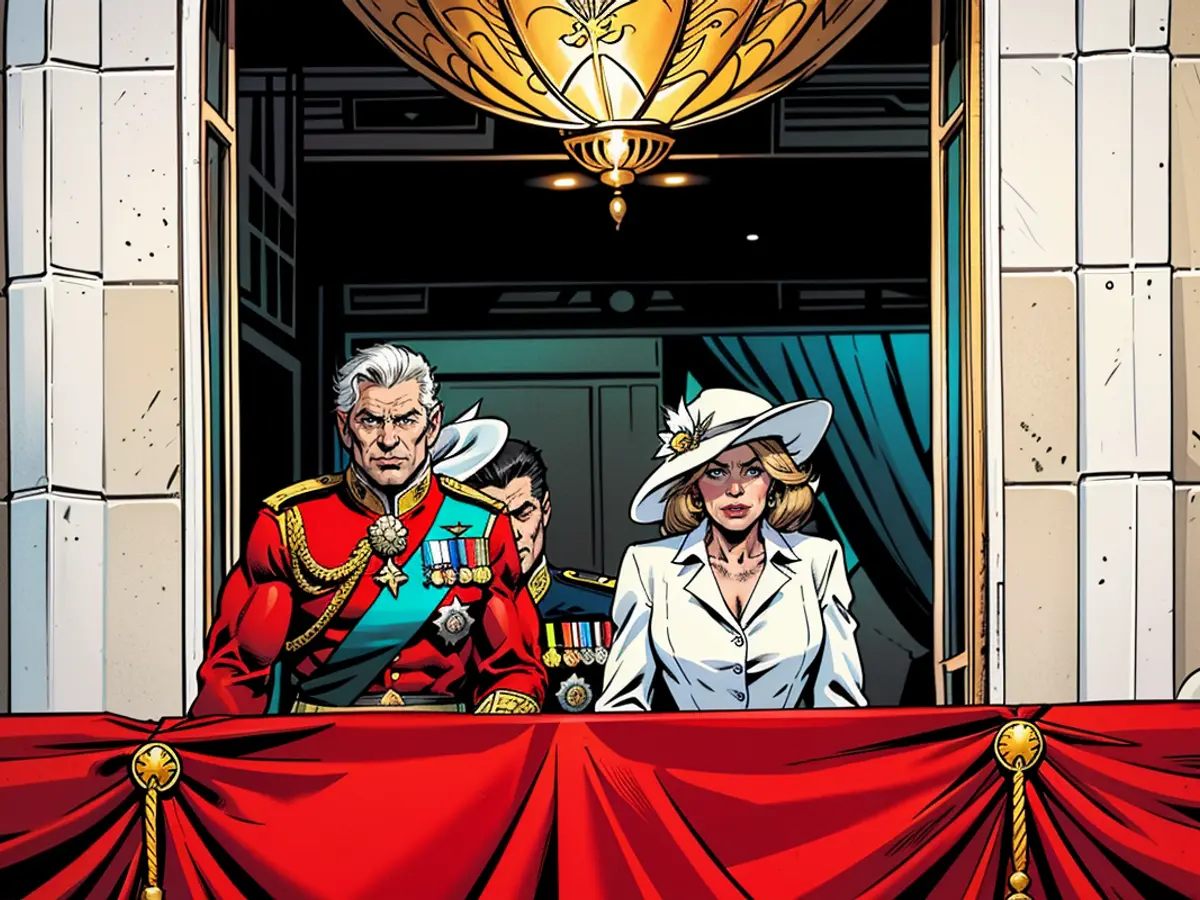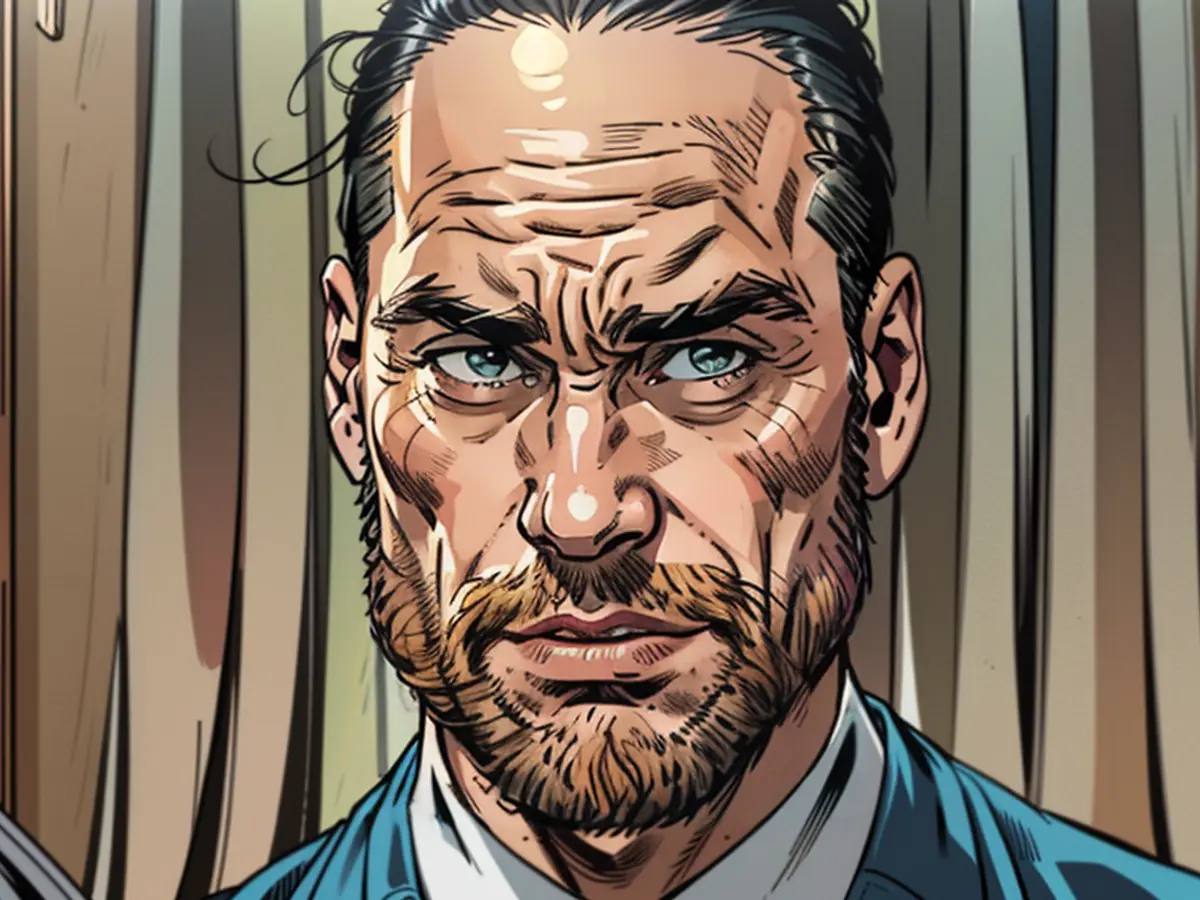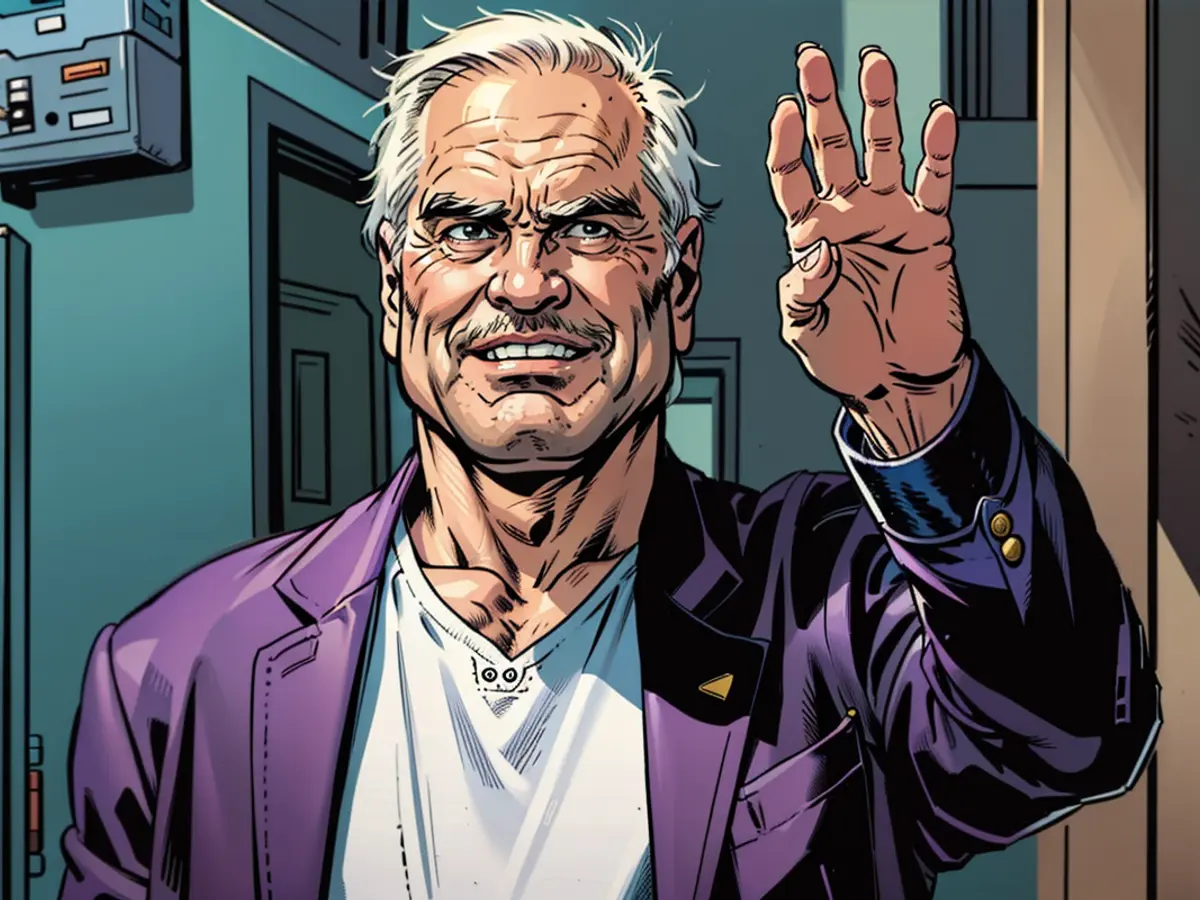At home with the Royals - King Charles III opens the royal private audiences - against Prinz William's will
We have often gazed at the Royal Family from a distance as they waved from the balcony of Buckingham Palace. But now, for the first time in the capital residence and even in Balmoral, never-before-seen, almost intimate glimpses behind the scenes are possible.
This summer, the Royal House made the East Wing of Buckingham Palace accessible to the public along The Mall during the usual summer opening of the royal state rooms. There, you can see the "Centre Room" with an exit onto the most famous balcony in the world. The Chinese silk tapestries from the 18th century, the powerful chandelier, and the gilded mirror above the fireplace have seen all the British royals since Queen Victoria before them. But no one had ever seen the room and the balcony from the inside perspective before. That's all changed.
King Charles III. makes himself accessible to the people
For a long time, King Charles had probably been pondering the idea that it was now time to give his subjects a more extended look behind the royal curtains. When he succeeded his deceased mother Queen Elizabeth II. to the throne, he seemed to pursue a more transparent approach for the monarchy right away: Not only did he become the first British monarch to broadcast his proclamation as king live on television in September 2023 and make his cancer diagnosis public.
In public appearances, he even spoke openly about how he coped with chemotherapy – in stark contrast to his daughter-in-law Kate, who, with her husband Prince William, had hitherto kept all private information to a minimum.
Balmoral Tours offer intimate insights
But the king made another decision this year that caused a stir: In addition to the new wing in Buckingham Palace, he opened up some of the private rooms of the royal family for the first time at Balmoral Castle, the private summer residence in Scotland. Where visitors could only visit the vast park along the River Dee with its forests, lakes, memorials for deceased family members and pets, and the ballroom annexed to the castle, there are now unexpectedly intimate glimpses into the lives of the Royals in vacation mode.During the £100 per person tours in small groups, it is learned that the new landlord personally supervised what is to be seen in the still accessible rooms until early August. From the royal portraits and landscape views on the walls to newly renovated carpeted floors – all curated by him.
From royal fishing rods and old crimes
Visitors can also see the king's personal fishing rods and learn about the history of Balmoral Castle, which was built in the mid-19th century by Queen Victoria and Prince Albert as a hunting lodge. The castle, which is surrounded by the Cairngorms National Park, has been a popular retreat for the royal family ever since. But the tours also offer insights into some of the castle's more intriguing past, such as the mysterious disappearance of two gamekeepers in the 1800s and the tragic death of Queen Victoria's eldest son, Prince Albert Edward, who was found dead in the castle's grounds in 1862. The tours also provide an opportunity to see the castle's impressive art collection, which includes works by famous artists such as Rembrandt, Rubens, and Reynolds.
In this room, there are many renowned details to see. In a corner of the entrance hall, there are the royal fishing rods with rubber soles of the King, next to neglected, rusted folding garden chairs under a staircase. Nearby, there is a surprisingly small dining room with polished Mahogany table and leather-covered chairs. Three velvet cushions are inconspicuously placed under the sideboard for the case that the royal grandchildren participate in dinner. The entire space radiates the refined vacation atmosphere of a wealthy family's holiday home. The same is true next door in the elegant-cozy Salon, where well-used gardening books are readily available in the bookcase as well as worn-out crime novels. Charles and Camila are both avid readers.
This room was the historic site where the last official photograph with the late Queen was taken, welcoming the new Prime Minister Liz Truss in office in September 2022. This room, along with the deceased Queen's study on the first floor of the Castle, is the only one that has been publicly accessible for interior shots to date.
Prince William's Objections
Had it been up to Prince William, it would have remained that way. As reported in William's private circle, he could not really warm up to Charles' new vision of a more transparent monarchy. The thought of tourists trampling through the protected Balmoral room, where his children George, Charlotte, and Louis have been playing carefree in their holidays, did not appeal to him. But the King had the final say.
A friend of Charles told the British press that he is not as sentimental by nature as his eldest. Apart from Highgrove and Birkhall, the small cottage near Balmoral where he mostly resides in Scotland with Camilla, Charles has always seen his residences as temporary accommodations and not as homes where he could feel at ease. And Charles is by nature someone who opens doors to people.
The Vision of Open Palaces
The King's vision, which sees the royal palaces and castles, which he now sees more as public places than as private royal spaces, being made accessible to paying visitors "in appropriate measure" in the long term, is intended to attract younger demographics closer to the Monarchy and, of course, also to help recoup the high building and personnel costs.
Walter Bagshot, the British constitutional theorist from the Victorian era, once said that the Monarchy should never let too much daylight fall on its magic to prevent it from losing its fascination. All subsequent monarchs have adhered to this. However, Charles III wants to take different paths. He probably fears that the old tactics may no longer be sufficient to maintain the stable connection between King and People required for the continued existence of the taxpayer-funded Royal Household.
He hopes to win over the public with targeted glimpses behind the scenes through a kind of royal "glasnost strategy," making the Monarchy more modern and relevant. After all, it is almost impossible to keep any details about the Windsors hidden in today's era of ubiquitous smartphones and social media posts.
Where is the Future of Monarchy Headed?
King or heir should rightfully retain their throne with their respective strategies, whether an expansion of transparency or the traditional seclusion of private life from the public is the right way for the future of the British Monarchy, can only time tell. But perhaps the solution lies, as it often does, in the middle - and Catherine, William's wife, could serve as an example for both father and son: She initially kept her own illness strictly within her immediate family circle, but eventually, faced with completely out-of-control false stories circulating about her, decided on her own initiative to tell the public very openly about her illness in a video and ask for their patience.
Surprisingly, she has appeared publicly twice at important national events since then: In June at the Queen's birthday parade and most recently at the Gentlemen's Final at Wimbledon – and was greeted with wild applause. "Glasnost light" could perhaps modernize the Monarchy.
- Apart from Balmoral Castle, King Charles III also decided to open some of the private rooms at Buckingham Palace to the public, providing intimate glimpses into the royal family's living spaces.
- Prince William, however, expressed his reservations about the idea, fearing that tourists could disrupt the privacy of the castle where his children often play during their holidays.
- King Charles III's vision for the future of the monarchy includes making royal palaces and castles more accessible to paying visitors to attract younger demographics and help manage high building and personnel costs.
- At Balmoral Castle, visitors can see personal items of King Charles III, such as his fishing rods, learn about the castle's history, and gain insights into its intriguing past, including the mysterious disappearance of gamekeepers and the tragic death of a royal family member.







